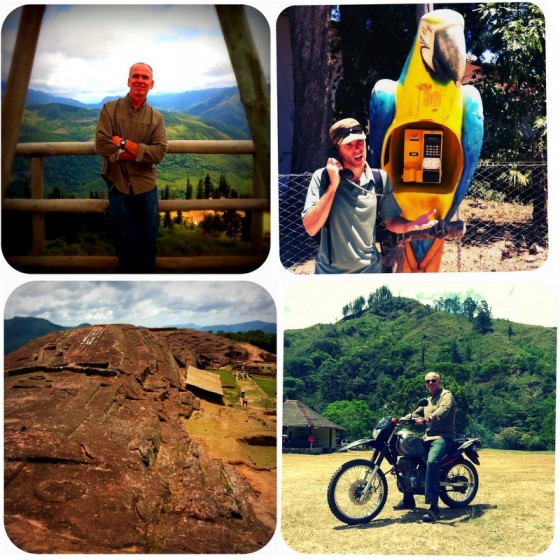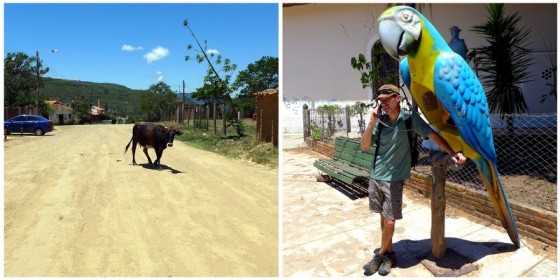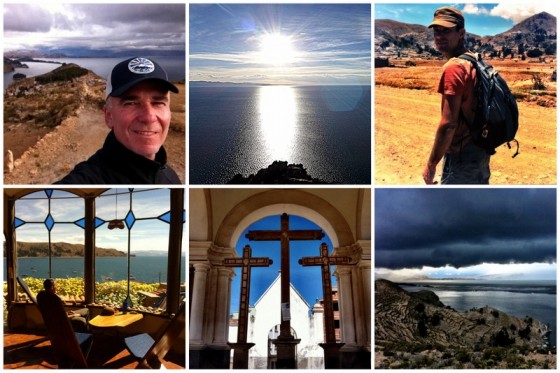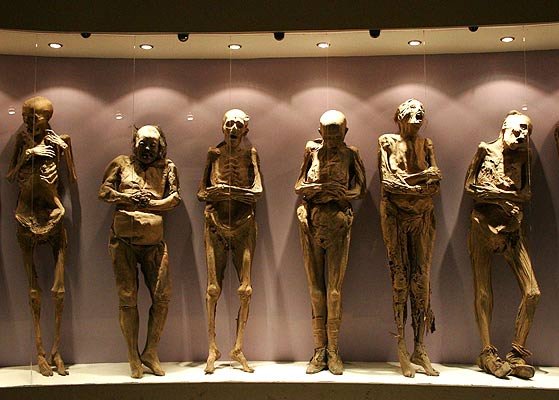There was so much we loved during our weeks in Ecuador but here are the standout “Number Ones” from each of us:
Paul’s #1 Thrill
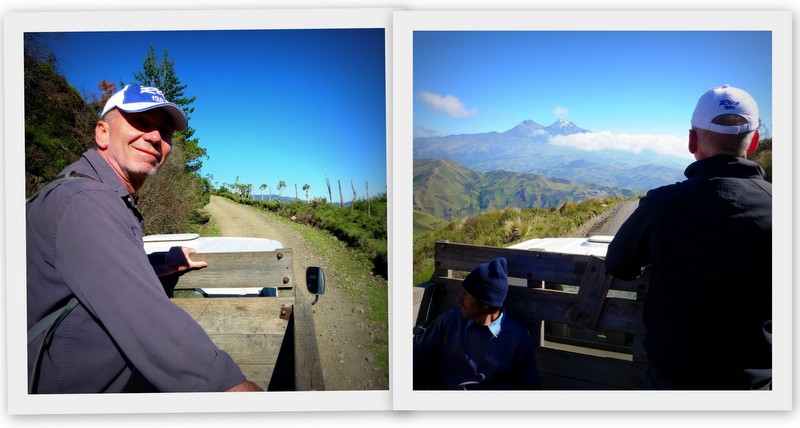
Riding the “milk truck” on a journey that seemed to climb its way to the apex of a very remote and stunning area of the Andes. We enjoyed the open air with the camaraderie of the locals who, like us, were taking the only ride out of town that day. The only thing missing was a thermos of nice hot coffee because we did have the luxury of an endless supply of fresh creamer right at our fingertips.
Peter’s #1 Natural Wonder
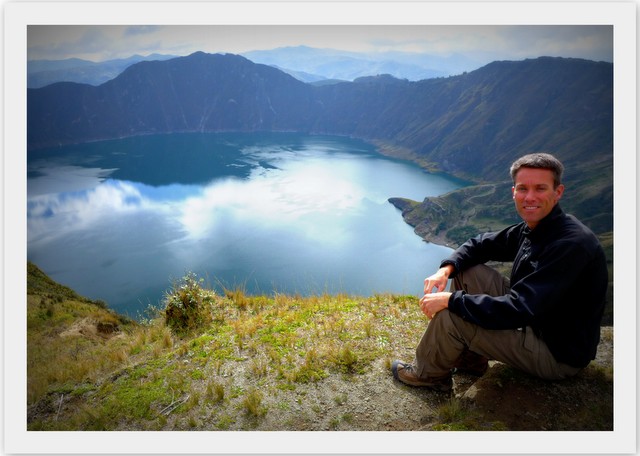
The captivating Quilotoa Crater Lake was a supremely blissful start of our 3-day trek through the remote Andean highlands. Every step of our walk was beautiful but the splendor of Volcán Quilotoa’s turquoise water was the most dazzling of all.
Paul’s #1 People
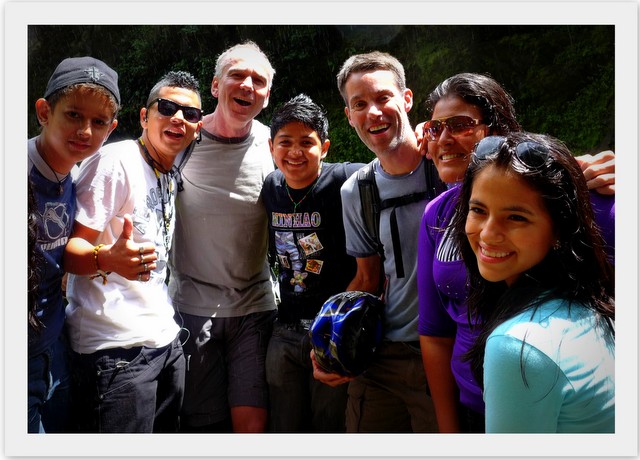
The group of young Ecuadorian hikers we met at the waterfall near Baños. If they are an example of the young and upcoming generation in Ecuador I have great hope for that country. I was thoroughly impressed with their enthusiasm, curiosity and manners not to mention they were just plain fun.
Peter’s #1 Animal
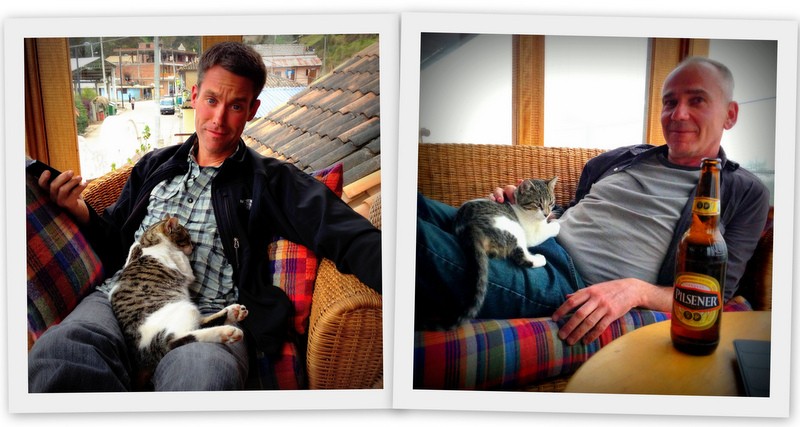
We encountered countless friendly critters in Ecuador, but none endeared our hearts like Felipe in at our hostal in Chugchilán. This lovely little cat spent every moment with us: purring on our laps, rambunctiously playing with peacock feathers, knocking over beer bottles, sneaking in the dining room to sniff our food, and generally being an entertaining nuisance. Oddly the owner said Felipe was in “mourning” over the recent death of his sister, but to us Felipe was always in the highest of spirits – he certainly lifted ours.
Paul’s #1 Area
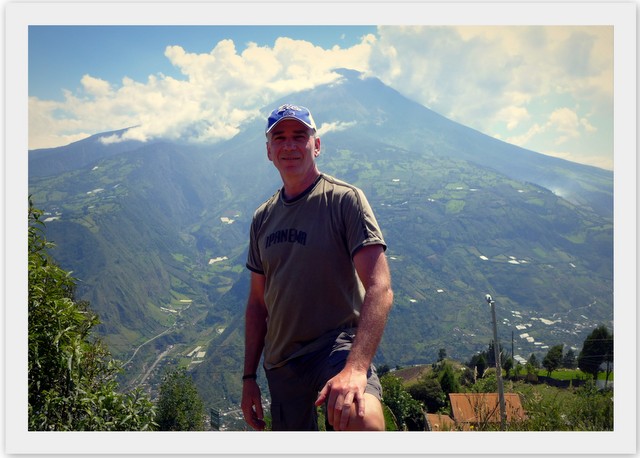
Baños. I not only enjoyed the immense beauty of the stunning scenery which engulfed this town but the energy that seemed to permeate every nook and cranny was infectious. The town was filled with backpackers who seemed to be on a single quest… to challenge themselves with a myriad of activities ranging from zip lining to bungee jumping and every other hair-raising experience in between. Oh… did I mention the daily soak in the natural hot springs which was just icing on the cake in this little paradise of the Andes.
Peter’s #1 Show
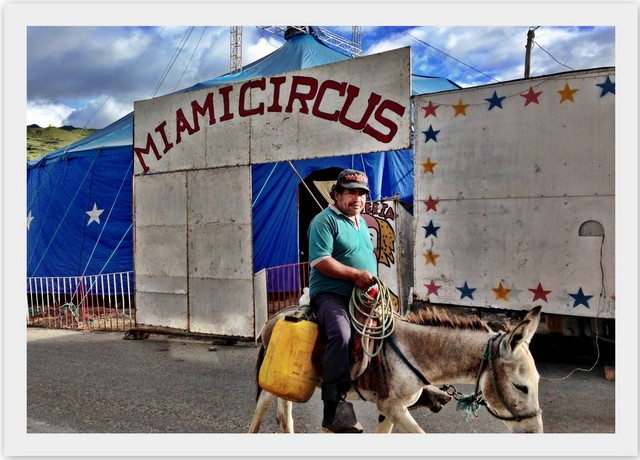
Barnum & Bailey’s it wasn’t but the traveling Miami Circus’ small troupe of performers that landed in Vilcabamba far surpassed our expectations. The clowns had us laughing hard while the charmingly hokey trapeze acts kept us in our seats – unexpected feats for a pint-sized Big Top!
Paul’s #1 Hostel
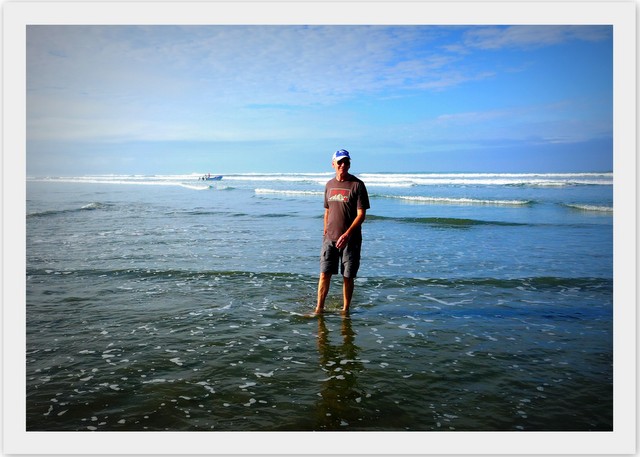
The beach shack in Canoa which was akin to popping several Valiums every day. I have never known such deep relaxation in the week we had the pleasure of staying there. I’m not sure if it was the fact we were barefoot the entire week…or could it be the gentle sway of the hammocks which we seemed to live in….or maybe the mellow rhythm of the surf… how about the cool and constant ocean breeze which kept us so wonderfully comfortable? It was all just perfect.
Peter’s #1 Meal
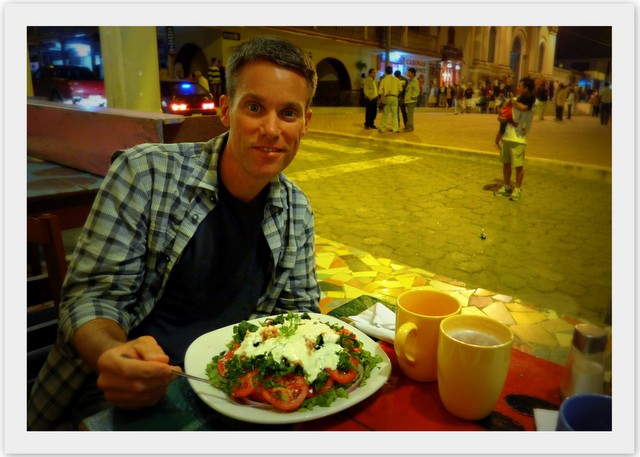
Weary after a couple weeks of dining on heaps of rice and heavy fried plantains, we keenly ordered up two salads in Vilcabamba that were delightfully satiating. With crisp, crunchy greens from the surrounding fertile valley and delicious home-made salad dressing, it was a pleasingly healthy and hearty meal. And despite the nationwide Sunday ban on alcohol, the waiter was gracious enough to surreptitiously serve us beer in coffee mugs – ah, the recalcitrance of small towns!
Paul’s #1 Drink
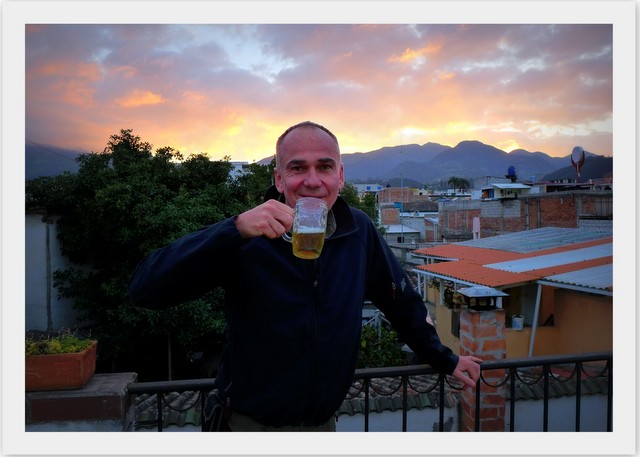
My Club Rojas beer. I can’t think of a better way to spend a dollar on a warm and sunny afternoon.
Peter’s #1 Non-alcoholic Beverage
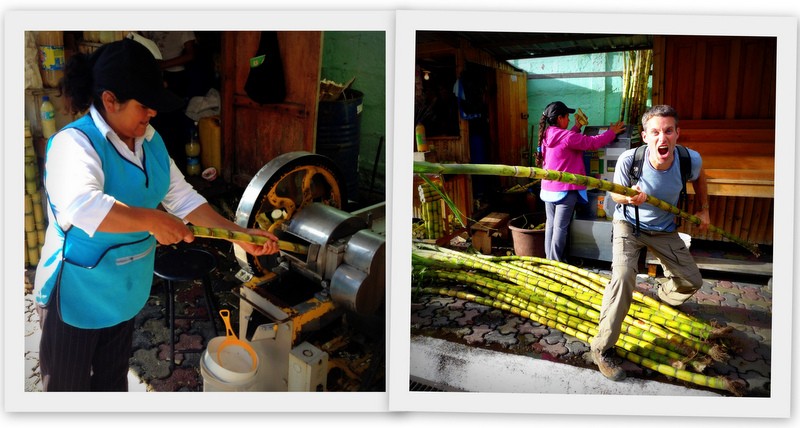
We loved the fresh-pressed sugarcane juice found everywhere in Ecuador. Street vendors cranked the tough stalks through clanking presses that squeezed out fresh yellowy guarapo. After our active days in Baños, the sweet glasses of jugo de caña never failed to replenish our energy.
Paul’s #1 Scariest Moment
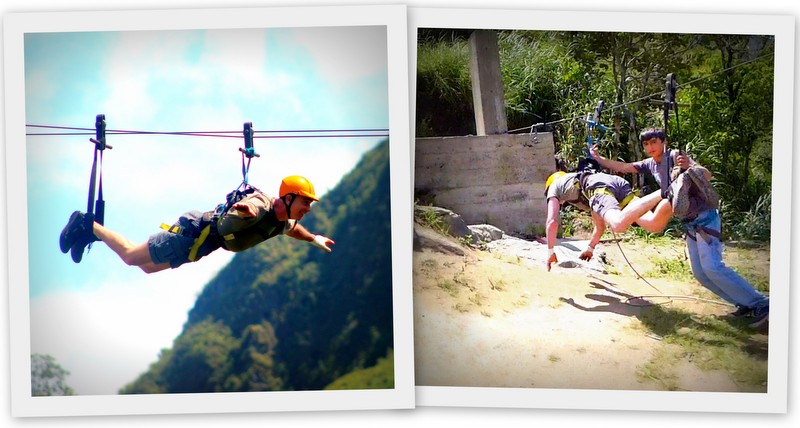
Coming inches away from cracking my head on a concrete wall at the end of the zip line ride. Going from 40km per hour to 0 head first just a few feet from this wall gives me a headache just thinking about it.
Peter’s #1 Ride
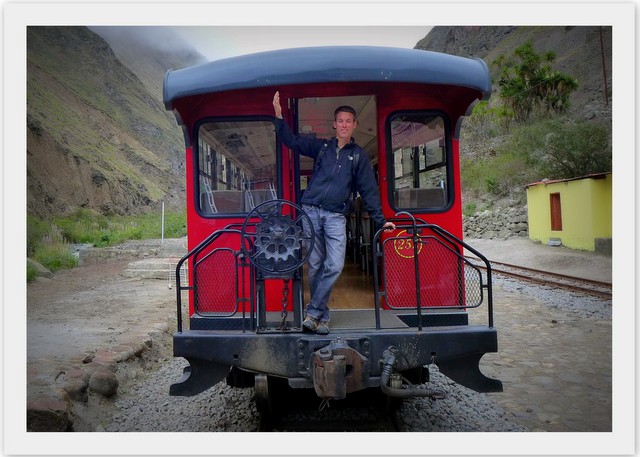
Our Ecuadorian train journey up and down the sheer 600 m (2,000 ft) cliffs of Nariz del Diablo in the Andes was a pure thrill. We were mildly disappointed when we learned we could no longer ride on top of the carriage (two Japanese tourists fell off and died), but the panoramic windows provided sufficiently knuckle-biting views.
Paul’s #1 Exciting Moment
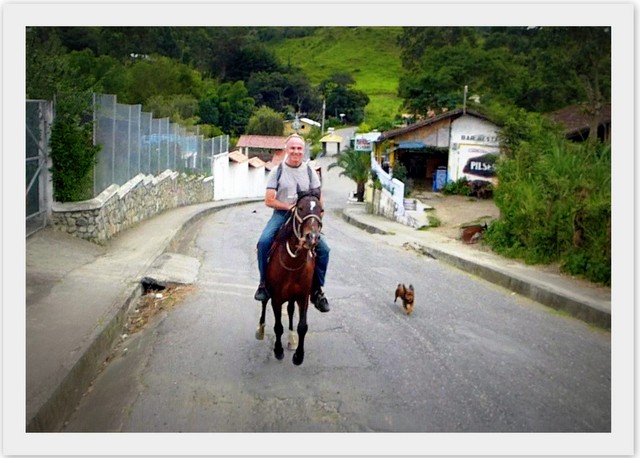
Galloping down Main Street in Vilcabamba on a horse named Tequila. It would have made John Wayne very proud.
Peter’s #1 Rainfall
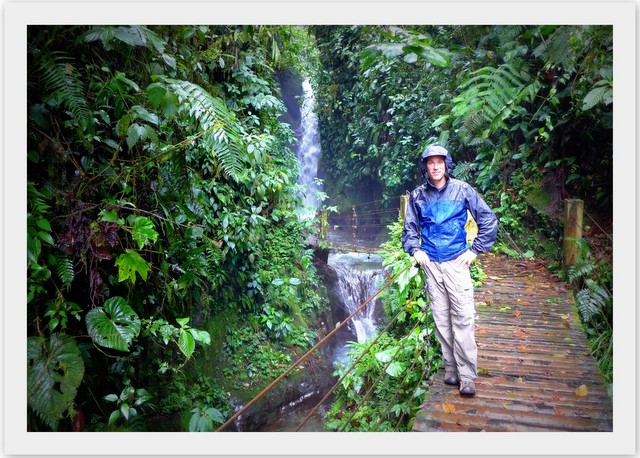
Passing through Mindo, the birding capital of Ecuador, we decided to take a waterfall walk through the rainforest. And it rained and rained and rained. It is the rainforest after all… ‘nuff said.
Paul’s #1 View
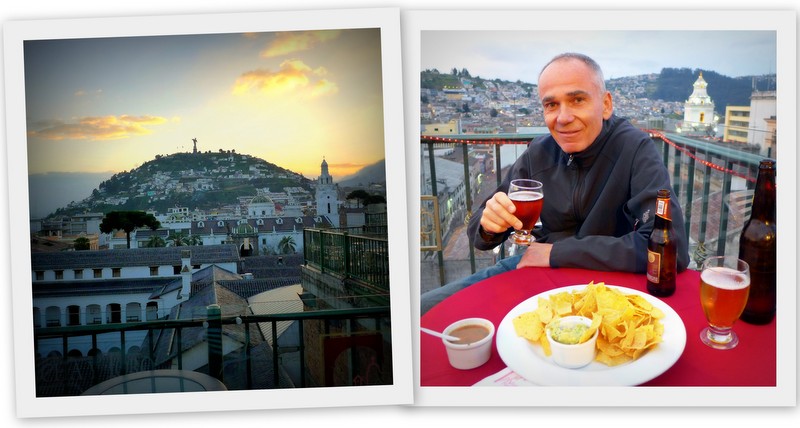
From the rooftop bar in Quito’s Old Town.
Peter’s #1 High
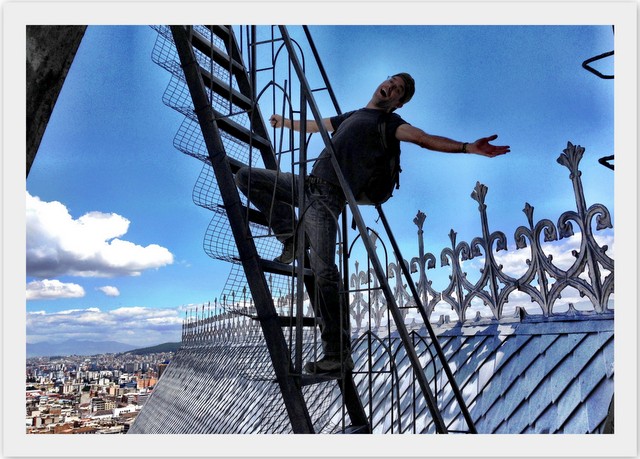
The Basílica del Voto Nacional in Quito offers intrepid travelers a chance to scale the soaring bell towers for blessed views of the city and area volcanoes. Paul said I look like a Broadway actor wannabe in this photo… it would make a great setting for a Cats-inspired musical: Bats! (In The Belfry)
